Excellent software and practical tutorials
How to use Stable Diffusion on a low-profile computer
If you are looking for a no-brainer GPU Limitations, no need to download models yourself, and a method that can quickly generate high-quality images, then run in the cloud Stable Diffusion would be a good choice.
Today, I will introduce three companies that provide Stable Diffusion WebUI For platforms like these, we conduct comparative analysis from the dimensions of billing method, price, number of models, generation speed, security, etc., so that everyone can have a clear understanding.
Recommendation index: ★★★☆☆
Website:https://rundiffusion.com/
- Recommended reasons:RunDiffusion It is a platform that focuses on the Stable Diffusion model and charges according to the time of renting the server and the number of models.
- Advantages: It supports the use of ControlNet To control the style and details of the generated image, and allow developers to add their own models. The maximum scale supported is 1024 * 1024.
- Disadvantages: It is relatively expensive and supports a limited number of models, only 59. RunDiffusion takes an average of 5 seconds per image to generate.

Recommendation index: ★★☆☆☆
Website:https://colab.google/notebooks
- Recommended reasons:Google Colab is a cloud-based interactive Python environment, which allows users to run any Stable Diffusion model using Google's computing resources.
- Pros: It offers free and paid options, can support multiple users at the same time, and can take advantage of Google Google Cloud The maximum supported ratio is 2048 * 2048.
- Disadvantages: Paid users are charged by the hour, and are required to install and configure related libraries and codes by themselves, as well as download and run related models by themselves.Google Colab The average generation speed is 10 seconds per image.

Recommendation index: ★★★★☆
Website:https://omniinfer.io
- Recommended reasons:Omniinfer It is a platform that provides Stable Diffusion model API, which allows users to generate high-quality images through simple calls.
- Advantages of Omniinfer: Each account has an initial quota, you can try the service for free, it supports more than 10,000 Stable Diffusion models, and allows developers to add their own models. Omniinfer also supports the use of ControlNet to control the style and details of the generated images. The maximum scale supported is 2048 * 2048.
- Another advantage of Omniinfer is that it is relatively cheap and charges are based on the number of times it is used, allowing users to flexibly control their own costs. A 512*512 image costs $0.0015 per image. Omniinfer also generates images very quickly, taking only 3 seconds per image on average.
- Disadvantages: Inpainting is still in beta and is not available at the moment

In summary, if you consider the number of Stable Diffusion models, generation speed, price, and ease of use, I recommend using Omniinfer; if you consider the customization and control of the server and model, I recommend using RunDiffusion; if you consider free and scalability, I recommend using Google Colab. Of course, these are my personal opinions, and you can make the most suitable choice for you according to your actual situation and needs.
I hope this article was helpful. If you have any further questions, please let me know.




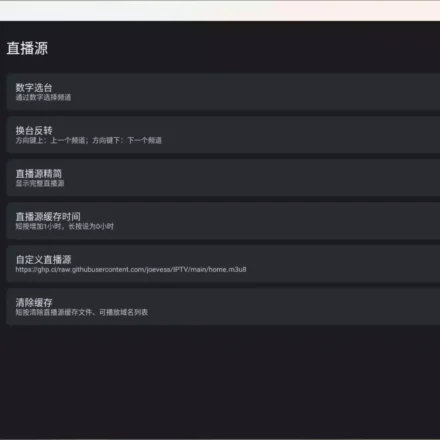
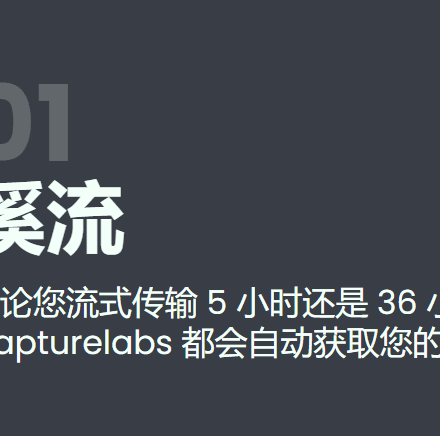


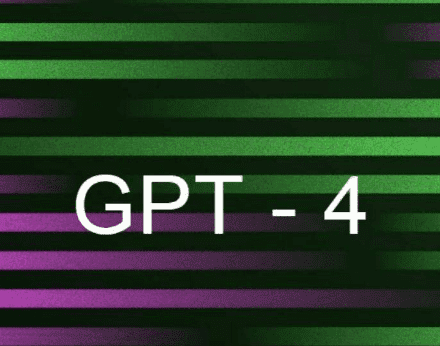
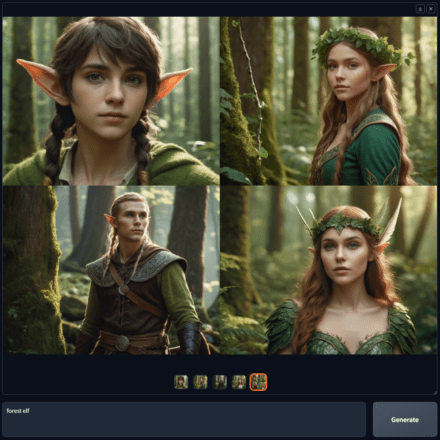
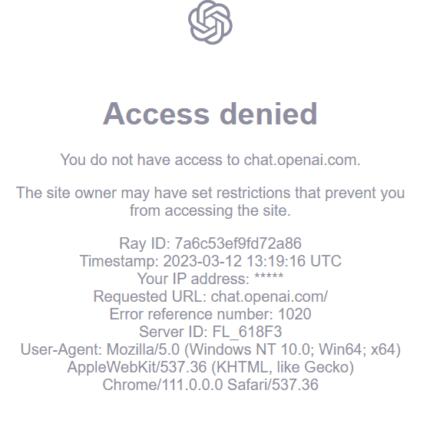

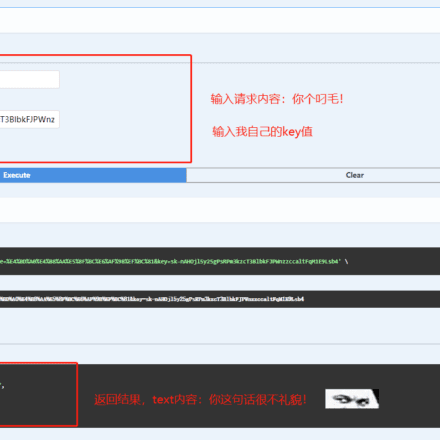
Stable Diffusion is so powerful